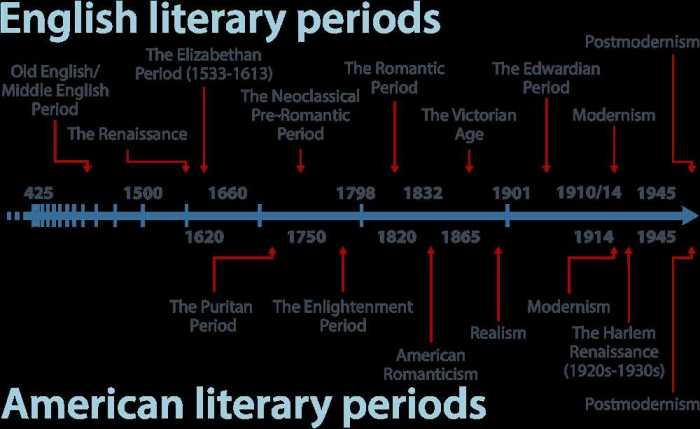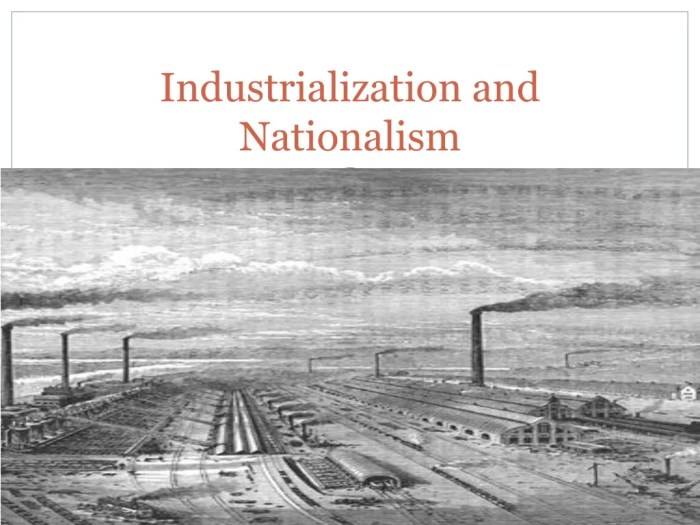Guided reading activity industrialization and nationalism, an immersive educational experience, embarks on an exploration of the transformative forces that shaped the 19th century. This activity delves into the Industrial Revolution, a period of unprecedented technological advancements, and nationalism, a powerful ideology that ignited a sense of collective identity.
Prepare to unravel the intricate interplay between these two phenomena, gaining invaluable insights into their profound impact on societies and the world we inhabit today.
The content of the second paragraph that provides descriptive and clear information about the topic
Guided Reading Activity: Industrialization and Nationalism

Guided reading activities are structured learning experiences that help students develop their reading comprehension and critical thinking skills. In a guided reading activity, students read a text and answer questions that help them understand the main ideas and supporting details.
The purpose of a guided reading activity is to provide students with the opportunity to practice reading and to develop their understanding of a particular topic.When selecting texts for a guided reading activity, it is important to consider the students’ reading level and interests.
The text should be challenging enough to be engaging, but not so difficult that students become frustrated. It is also important to select texts that are relevant to the topic being studied.Guiding questions are essential for a successful guided reading activity.
Guiding questions should be open-ended and thought-provoking. They should help students to understand the main ideas of the text and to make connections between different parts of the text.
Historical Context of Industrialization and Nationalism
The Industrial Revolution was a period of rapid technological and economic change that began in the late 18th century. The Industrial Revolution led to the development of new machines and technologies, which in turn led to increased production and economic growth.
The Industrial Revolution also led to a shift from rural to urban areas, as people moved to cities to find work in factories.Nationalism is a feeling of pride and loyalty to one’s country. Nationalism emerged in the 19th century as a response to the rise of industrialization and the nation-state.
Nationalism led to a desire for self-determination and independence, and it played a major role in the development of many new nation-states.Industrialization and nationalism were closely intertwined. Industrialization led to the growth of cities and the development of a working class.
This, in turn, led to the rise of nationalism, as people began to identify with their nation-state rather than with their local community.
Key Concepts and Vocabulary, Guided reading activity industrialization and nationalism
Industrialization:The process of developing and using machines and technologies to increase production and economic growth. Nationalism:A feeling of pride and loyalty to one’s country. Imperialism:The policy of extending a nation’s power and influence through the acquisition of colonies.These concepts are interconnected.
Industrialization led to the growth of cities and the development of a working class. This, in turn, led to the rise of nationalism, as people began to identify with their nation-state rather than with their local community. Nationalism then led to imperialism, as nation-states sought to expand their power and influence.
Analysis of Primary and Secondary Sources
Primary sources are firsthand accounts of events, such as letters, diaries, and newspapers. Secondary sources are works that interpret or analyze primary sources, such as textbooks and historical monographs.Primary sources can provide valuable information about the past, but they can also be biased or incomplete.
It is important to be critical of primary sources and to consider their context when using them.Secondary sources can provide a more comprehensive and objective view of the past, but they can also be biased or inaccurate. It is important to be critical of secondary sources and to consider their author’s purpose and perspective when using them.
Impact of Industrialization and Nationalism
Industrialization had a profound impact on society. It led to the growth of cities, the development of a working class, and the rise of new technologies. Industrialization also led to a number of social problems, such as pollution, poverty, and inequality.Nationalism
had a profound impact on the development of nation-states. It led to a desire for self-determination and independence, and it played a major role in the development of many new nation-states. Nationalism also led to a number of conflicts, such as the First World War and the Second World War.Industrialization
and nationalism shaped the modern world in many ways. They led to the development of new technologies, the growth of cities, and the rise of nation-states. They also led to a number of social problems and conflicts. The legacy of industrialization and nationalism is still felt today.
FAQ Resource: Guided Reading Activity Industrialization And Nationalism
What is the purpose of a guided reading activity?
Guided reading activities are designed to enhance students’ comprehension and critical thinking skills by providing structured support and guidance as they engage with texts.
Why is it important to select appropriate texts for a guided reading activity?
The selection of appropriate texts is crucial to ensure that the activity aligns with students’ reading levels, interests, and learning objectives.
What are some tips for creating effective guiding questions?
Effective guiding questions should be open-ended, thought-provoking, and encourage students to engage with the text on multiple levels.


